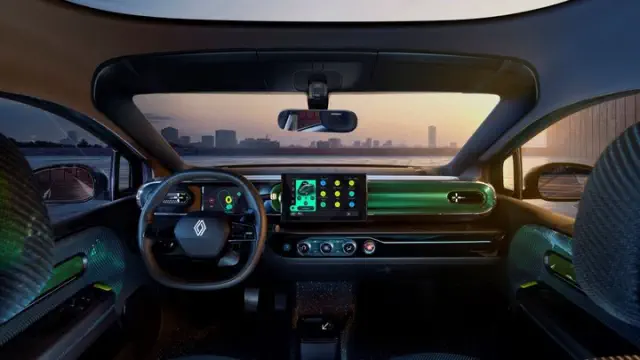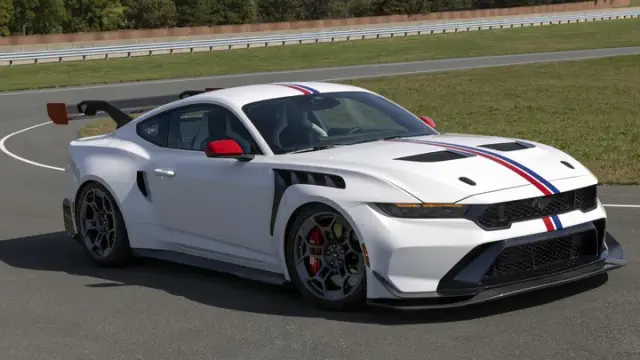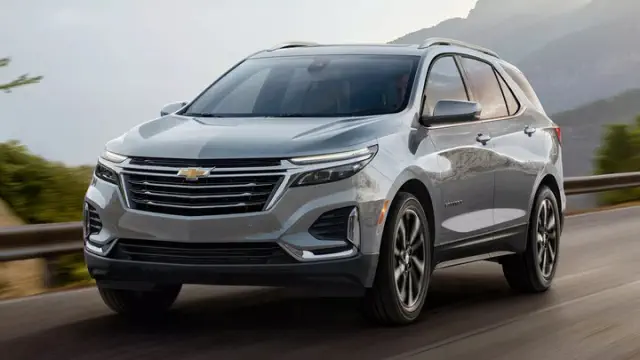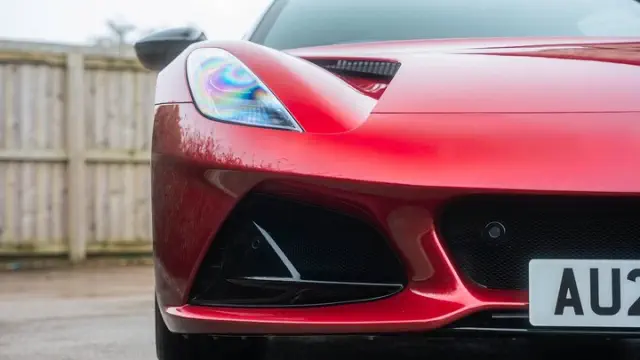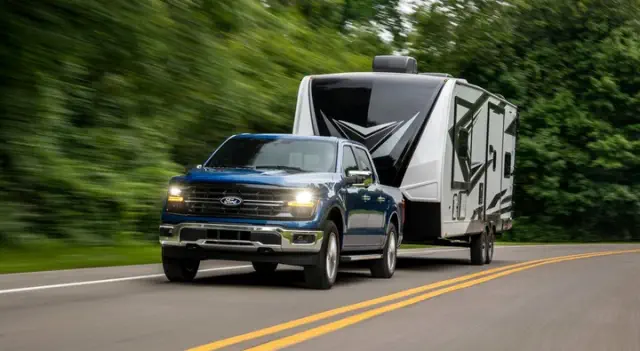Interior lighting designed to alleviate motion sickness
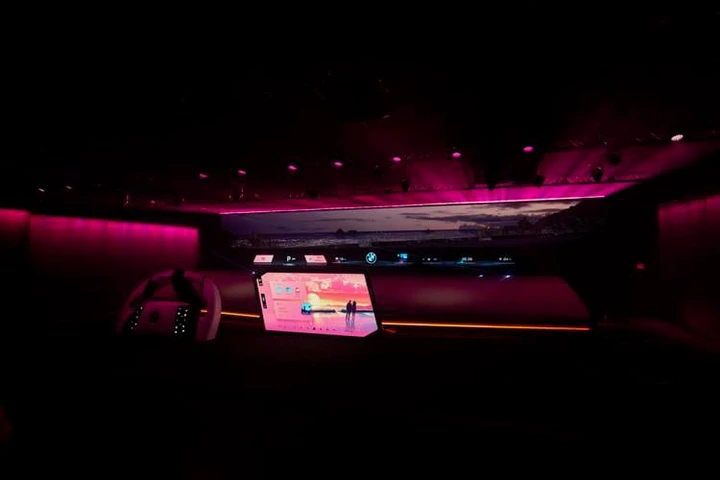
View pictures in App save up to 80% data.
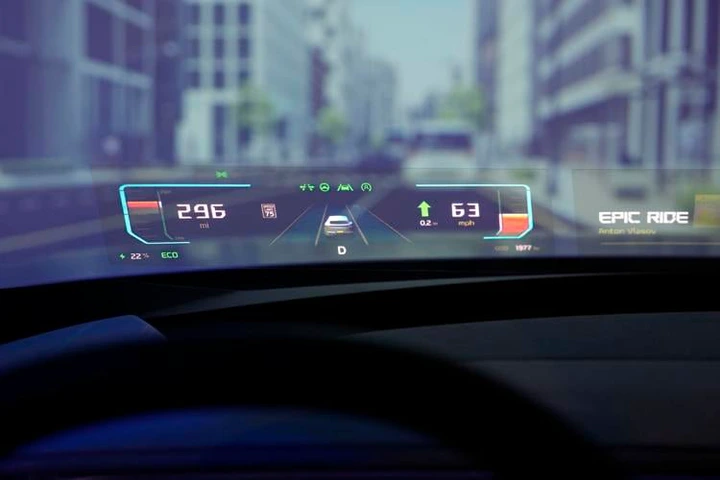
View pictures in App save up to 80% data.
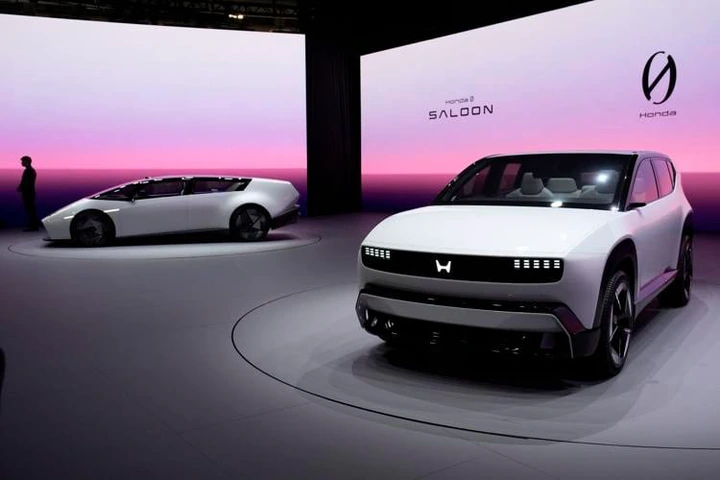
View pictures in App save up to 80% data.
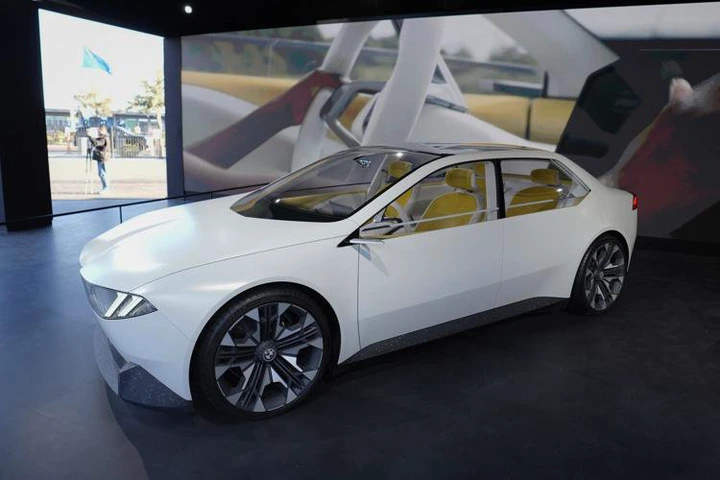
View pictures in App save up to 80% data.
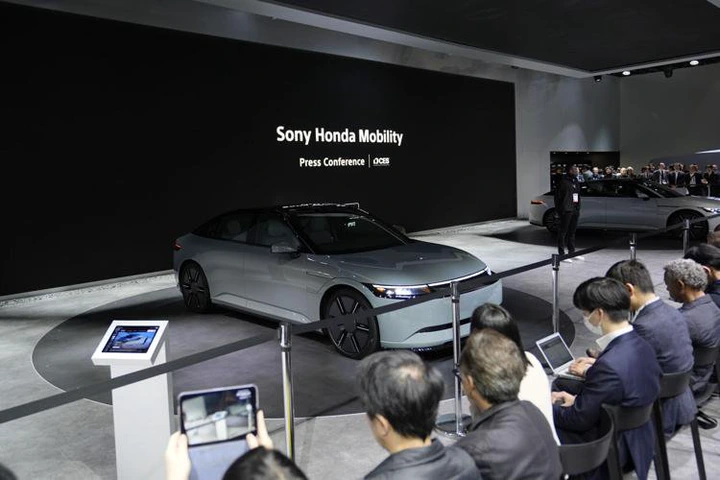
View pictures in App save up to 80% data.
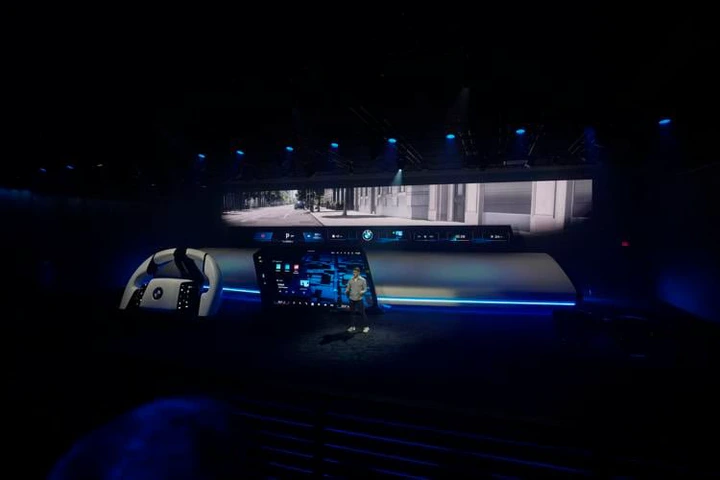
View pictures in App save up to 80% data.
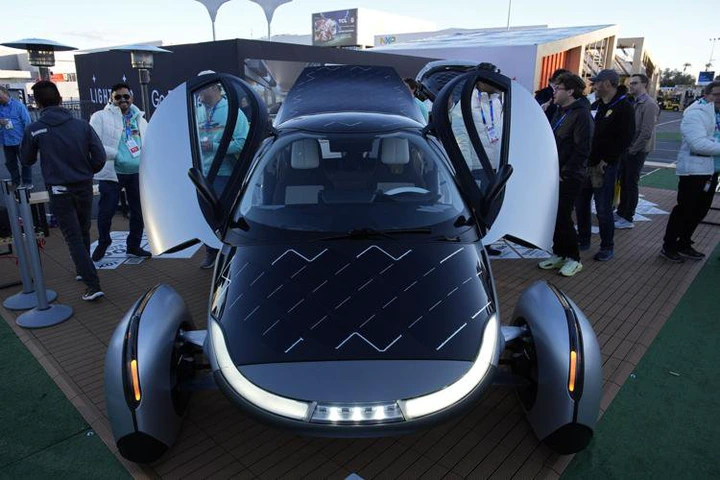
View pictures in App save up to 80% data.
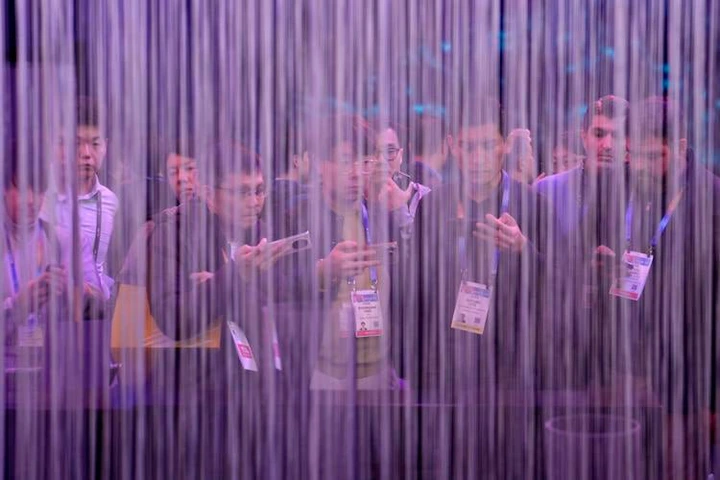
View pictures in App save up to 80% data.

View pictures in App save up to 80% data.
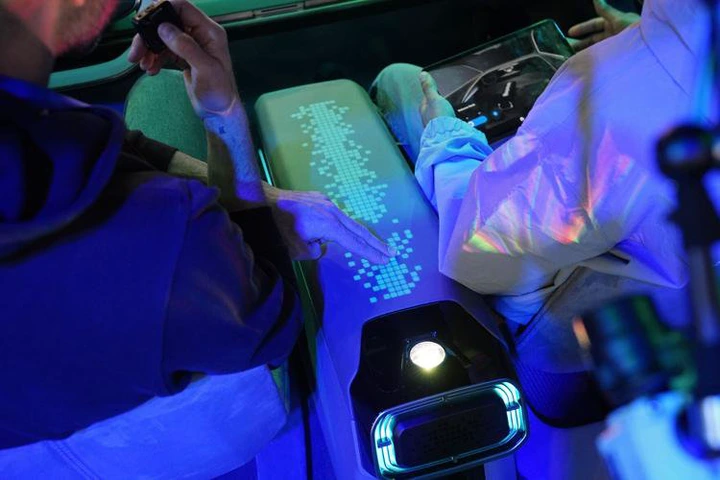
View pictures in App save up to 80% data.
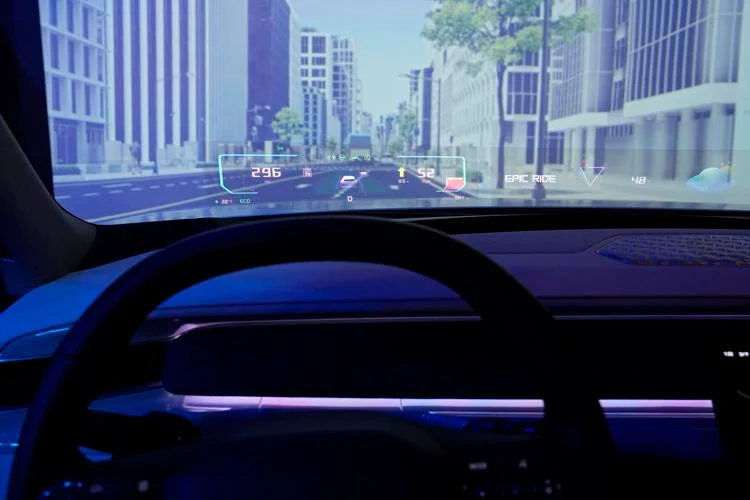
View pictures in App save up to 80% data.
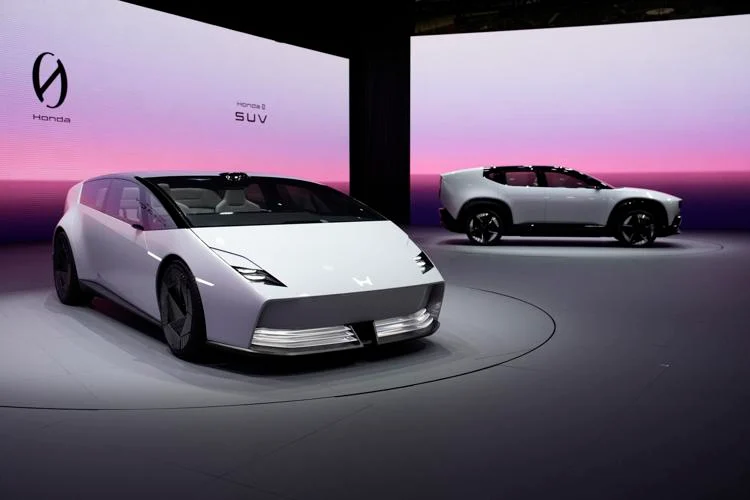
View pictures in App save up to 80% data.
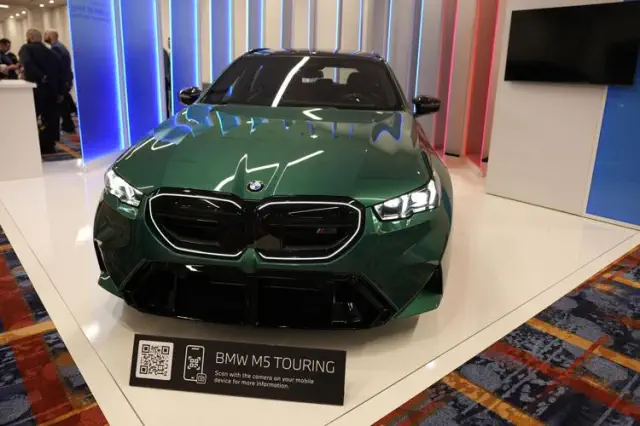
View pictures in App save up to 80% data.
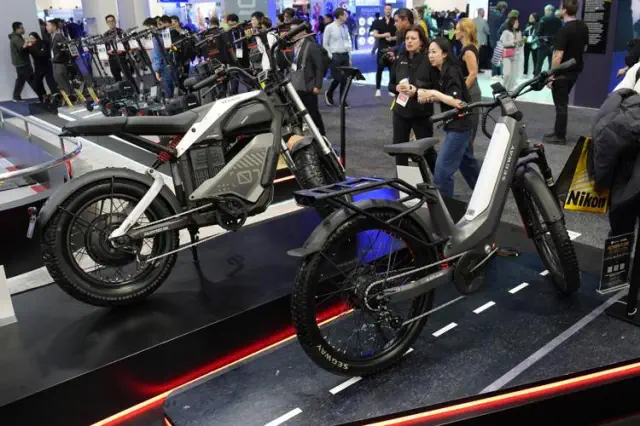
View pictures in App save up to 80% data.
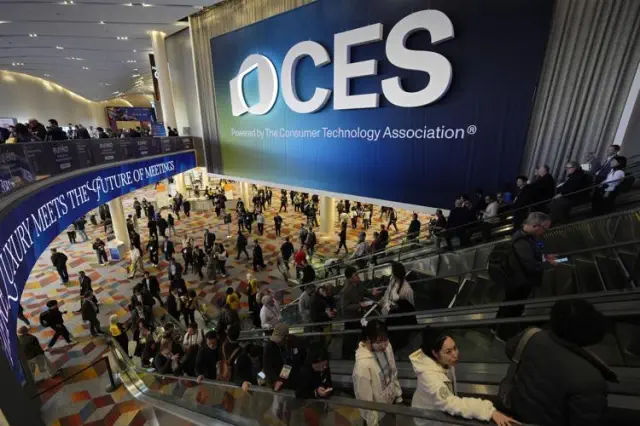
View pictures in App save up to 80% data.

View pictures in App save up to 80% data.
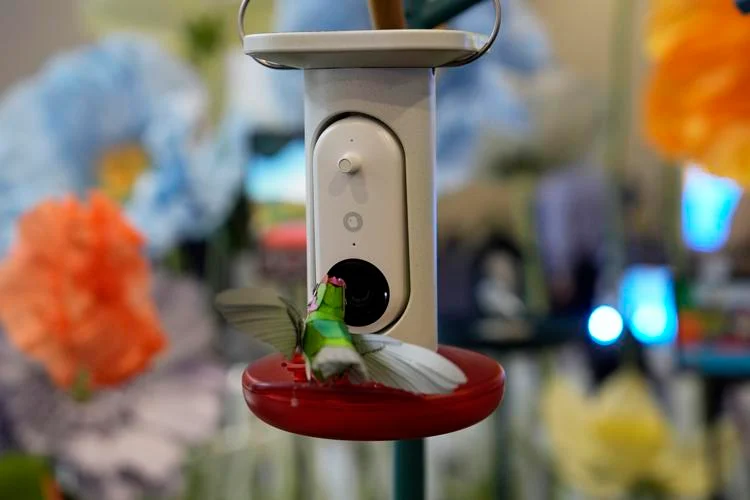
View pictures in App save up to 80% data.
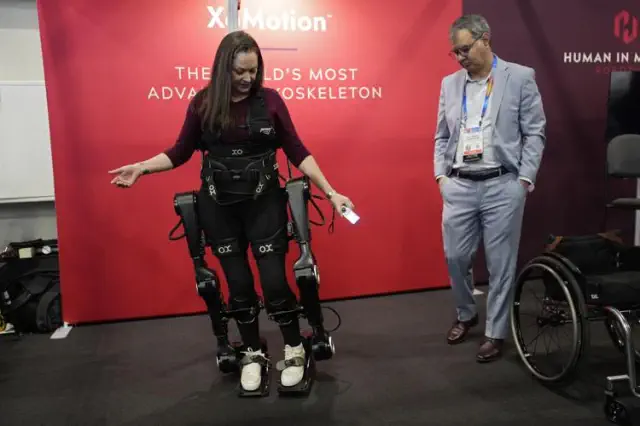
View pictures in App save up to 80% data.
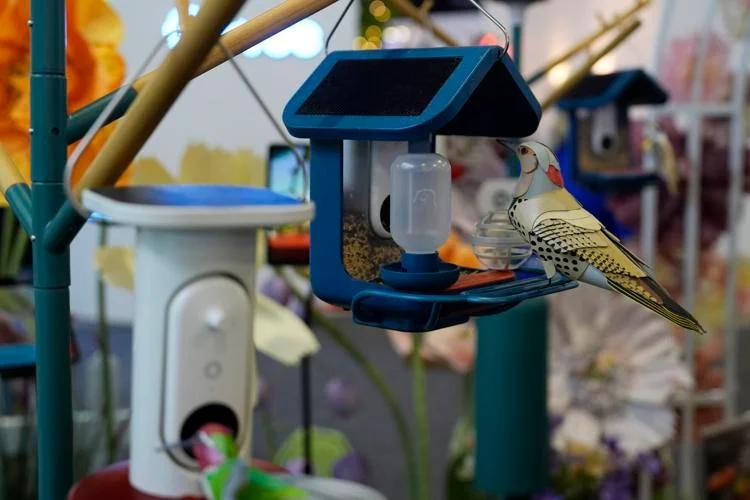
View pictures in App save up to 80% data.
LAS VEGAS (AP) — Interior lighting designed to alleviate motion sickness. Shiny holographic dashboards displayed on windshields. And AI-powered voice assistants paired with infotainment systems to keep you company on long drives.
At this week's CES in Las Vegas, the annual trade show organized by the Consumer Technology Association, car manufacturers went all out to highlight their newest innovations in in-vehicle technology. Hyundai Mobis introduced a groundbreaking holographic display that spans the entire windshield, while BMW showcased its latest “iDrive” panoramic interface. Additionally, Honda and Sony Honda Mobility provided a glimpse of what consumers can look forward to with their forthcoming electric vehicle offerings.
According to Axel Maschka, executive vice president and head of the business division at Hyundai Mobis, numerous advancements in vehicle technology are designed to "enhance comfort for passengers." He notes that for a growing number of consumers, the car's interior as a "living space" has increasingly become a key factor in its attractiveness.
Hyundai Mobis has unveiled an innovative holographic windshield display that offers a sneak peek into the future of automotive technology. Although this groundbreaking feature won't be available for several years, it promises to project a variety of information, such as driving speed and safety notifications, directly onto the windshield. Additionally, it includes entertainment options for passengers who are not driving. To ensure the driver remains focused on the road, the display adapts based on the viewer's position. A demonstration by the South Korean firm illustrates this, showing how a front-row passenger can enjoy a movie or video game projected in front of them, while the driver remains unaware of the content.
Maschka asserts that the holographic windshield enhances drivers' visibility of essential information directly in their line of sight while minimizing distractions from other elements within the vehicle.
Experts in car safety have consistently emphasized the importance of ensuring that drivers remain focused on the road. Ian Reagan, a senior research scientist at the Insurance Institute for Highway Safety, a nonprofit dedicated to education and research, highlights the significance of simplicity. He notes that an excess of visual display features can lead to confusion and distraction for drivers.
“Driver distraction poses a significant challenge when it comes to visual displays in cars,” remarked Reagan, who warns that safety considerations “don't always prevail” against what certain companies believe will be “appealing and marketable” to consumers. Nonetheless, Reagan expresses optimism about the latest advancements in panoramic displays designed to maintain essential information within the driver's field of vision.
In addition to Hyundai Mobis, BMW is also pursuing similar advancements, as highlighted by the unveiling of its latest Panoramic iDrive and Operating System X. This innovative system, set to be incorporated into new models beginning later this year, features a panoramic display that projects onto the lower section of the vehicle's windscreen.
The technology presents various digital functionalities and can be customized with different colors, applications, and other personal preferences. However, in the driver's field of vision, Stephan Durach, BMW’s Head of UI/UX Development, emphasized that the aim was to eliminate redundancies.
Durach expressed his discontent with the saying, "your car is your smartphone on wheels," during an interview with The Associated Press. He emphasized that the vehicle's display is designed to present only essential information above the dashboard, with the goal of minimizing distractions for drivers.
Honda, along with Sony Honda Mobility, has showcased the innovative in-cabin features that drivers can expect in their upcoming electric vehicle lineup.
Sony Honda Mobility has announced that the "Afeela 1" will feature an AI-driven interactive voice assistant. During a statement on Monday, CEO Yasuhide Mizuno highlighted that “customers will enjoy engaging with Afeela 1” and emphasized that the vehicle’s assistant is designed to be “conversation-oriented” and “actively engages with you” to deliver helpful information while driving.
The Afeela 1 is set to hit the market later this year, with deliveries expected by mid-2026. This vehicle features a panoramic display and an infotainment system packed with numerous entertainment applications. This week, online reservations for the car became available in California.
In the meantime, Honda has highlighted its focus on “ultra-personal optimization” for consumers of its forthcoming 0 series electric vehicles, with the initial two models scheduled to debut in North America next year. The renowned Japanese automaker introduced the operating system intended for all vehicles in the 0 series, named “AISMO OS.” This system is designed to be seamlessly integrated into various vehicle functions, including automated driving, advanced driver assistance, and in-car entertainment systems.
Software features within vehicles will keep receiving updates even after the initial purchase. “As usage increases, the personalization will also enhance,” stated Katsushi Inoue, Honda's global head of electrification business development, during comments made on Tuesday.
Amid the buzz surrounding the latest innovations unveiled by automakers at CES this week, concerns persist regarding the safety and effectiveness of these new functionalities.
Reagan highlights the emergence of AI-driven voice assistants and the increasing excitement surrounding semi-autonomous driving. According to his team's research, individuals engaging with partially automated driving systems are “more distracted than ever,” as drivers must remain “constantly prepared” for fluctuations in vehicle support.
Although AI voice assistants offer encouraging ways to help drivers stay focused on the road, Reagan points out that their effectiveness varies. He emphasized that the manner in which these assistants are integrated is crucial, mentioning that if a voice assistant demands excessive interaction or complex responses, it could result in annoyance and distraction.
In addition to the in-car experiences, the electric vehicles presented at CES this week underscored the current advancements in sustainable energy within the automotive sector and emphasized the necessity for more charging options for consumers. Honda, in collaboration with seven other car manufacturers, is working on the “IONNA” charging network across North America. On Tuesday, the company announced its intention to broaden these initiatives, aiming to provide Honda 0 Series owners with access to over 100,000 charging stations by the year 2030.
Honda is actively looking into creating "personalized" charging experiences for its electric vehicle customers in the future. The company mentioned that it is contemplating the integration of AI technology from Amazon Web Services to assist users in locating nearby charging stations and to streamline payment processes, among other enhancements.
This report from Las Vegas includes contributions from AP Video Journalist Cassandra Allwood.
